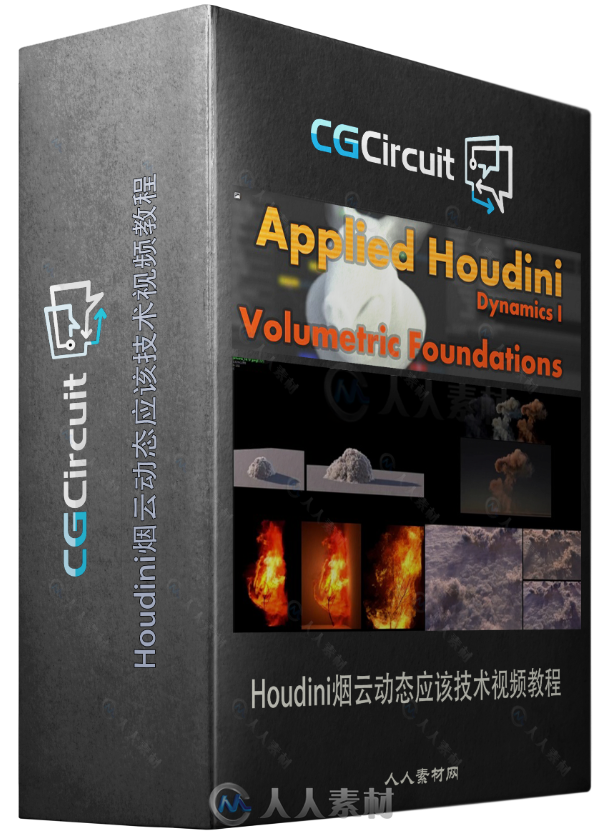
本教程是由CGCircuit机构出品的Houdini烟云动态应该技术视频教程,大小:1.2 GB,MP4高清视频格式,教程使用软件:Houdini, 时长:1小时40分 ,作者:Saber Jlassi ,共48个章节,语言:英语。
Houdini 是一个特效方面非常强大的软件。许多电影特效都是由它完成:《指环王》中“甘道夫”放的那些“魔法礼花”,还有“水马”冲垮“戒灵”的场面,后天中的龙卷风等等,a52的汽车广告,反正只要是涉及DD公司制作的好莱坞一线大片,几乎都会有Houdini参与和应用。
Houdini不光只适用于视觉特效的制作,随着HOUDINI适用于各种平台,并且出现了很多的HOUDINI培训教学,HOUDINI开始进入了动态图像设计领域。因为其自身的流程化特性,加上其强大的动力学系统,让HOUDINI在数据可视化方面占有一席重要的地位,让图形设计师能够通过它表达自己的观点。
更多相关内容请关注:Houdini视频教程专区
CGCircuit - Applied Houdini Dynamics Volumes 1 - 4
Applied Houdini is a production quality oriented series created by Steven Knipping, currently a Senior Rigid Body Destruction / FX Technical Director at Lucasfilm’s Industrial Light & Magic (Star Wars: The Force Awakens, Avengers: Age of Ultron, Tomorrowland). Benefit from production proven workflows while also getting an in depth explanation of why things works they way they do. Best of all – each video is crammed with actual information and footnotes instead of gratuitous talking and dead space.
77m
In Dynamics I, we will jump right in and tackle a simulation of a vaporizing pig’s head. We start with simulation fundamentals such as generating initial volumes as well as what exactly domains, vectors, and voxels are. From there we set up a basic simulation with a few forces, cache it, and render it. Tips and tricks including optimal UI organization and a bare bones workflow setup will also be discussed.
98m
In Dynamics II, we will immediately move beyond the basics. Rather than start from a static volume, we will dynamically source turbulent density and velocity into our simulation. From there we will control our simulation with a variety of microsolvers including turbulence, disturbance, and diffusion, and even combine multiples of these together for even more advanced effects. Finally, we will talk about the effects that forces, divergence, and vorticity will have on the shape of things. As always, production oriented techniques will take priority and I’ll even share a few of my favorite tips and tricks to achieve quality results faster and more efficiently!
117m
In Dynamics III, we will target exactly which Mantra, light, and shader settings you will need to know about in order to produce quick, hi quality renders. Being able to sacrifice minimal quality while gaining massive time savings will be critical to iterating quickly on shots through development, and then switching over to making a great image when you’re done without running out of time. We will also talk about rest texture noise and the shader in general, without which we will not be able to produce photoreal results. Finally, we will learn about scattering and viewing the effects of individual lights in different images, for use with debugging and more importantly later, compositing.
102m
In Dynamics IV, we cover the scenarios for dust/smoke/steam/magic most often found in production work – destruction. We begin with basic fracturing and rigid body simulation, as well as secondary particle simulation. From these we can dynamically source volumes into our smoke sim with characteristics of the fracturing mesh itself. Advanced workflows for speedy collisions, accurate sourcing, and VEX language attribute manipulation are covered in detail.
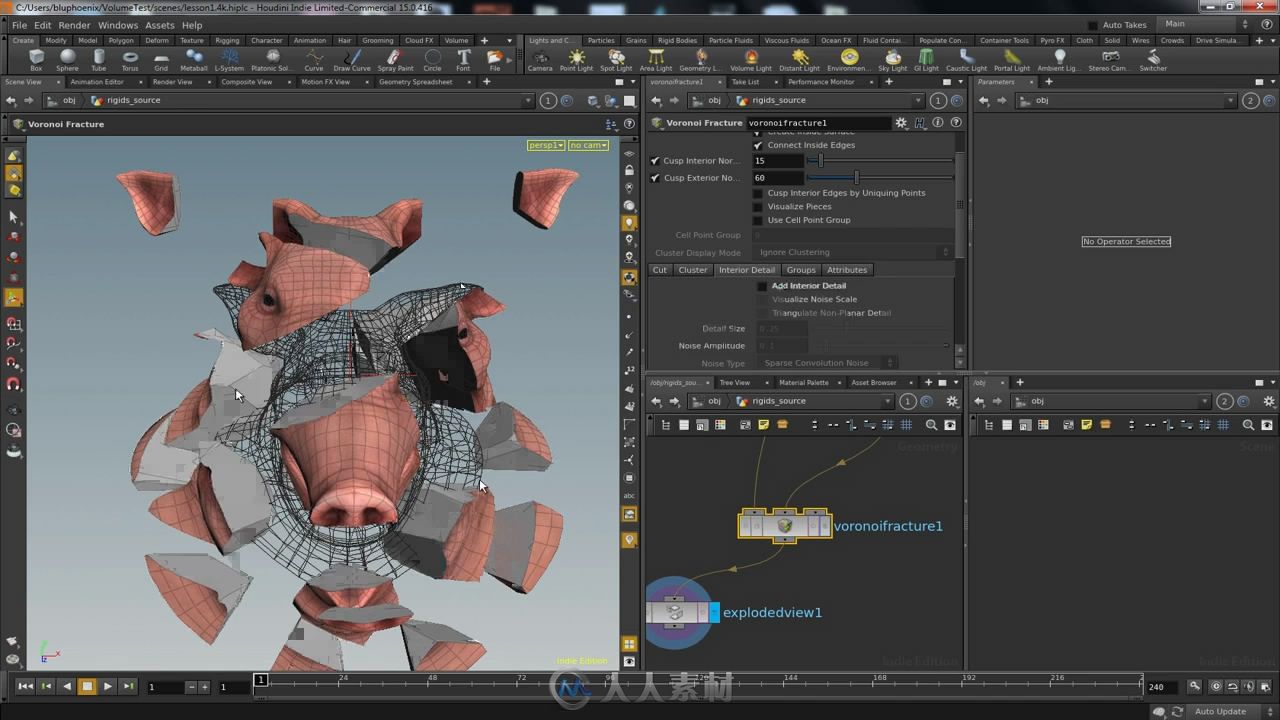
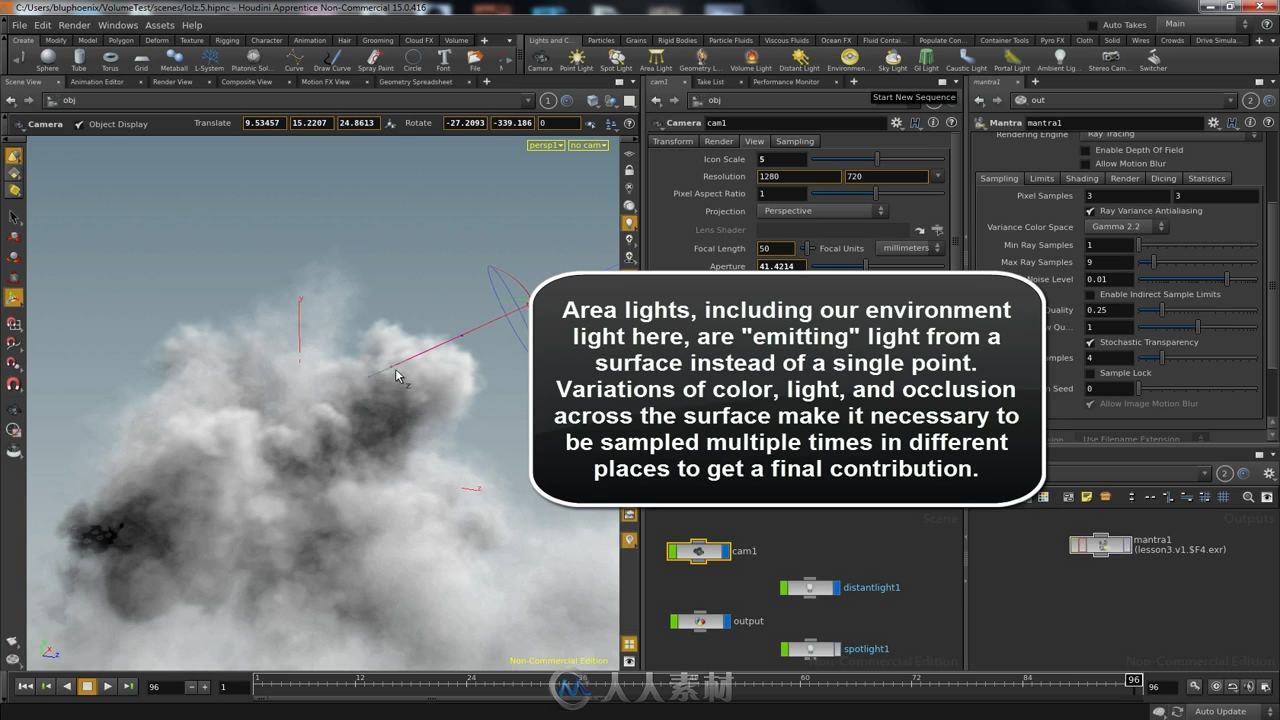

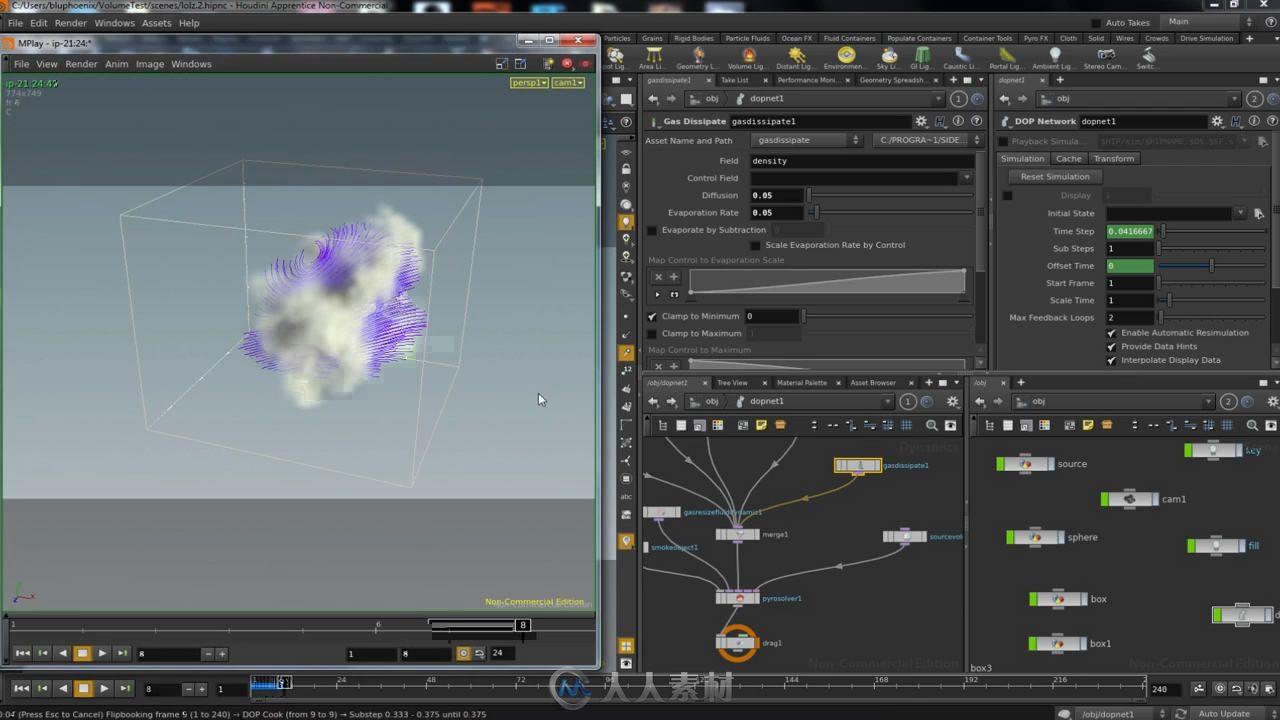
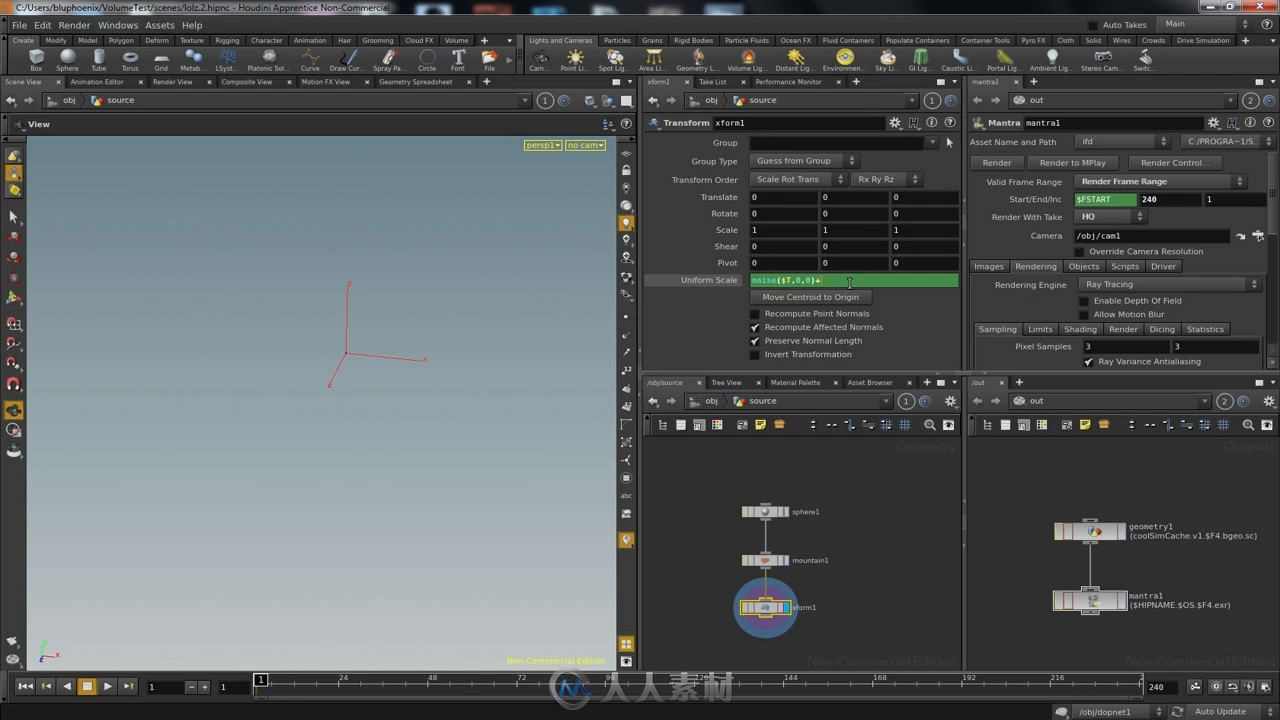
更多相关内容请关注:Houdini视频教程专区
|












 /2
/2 